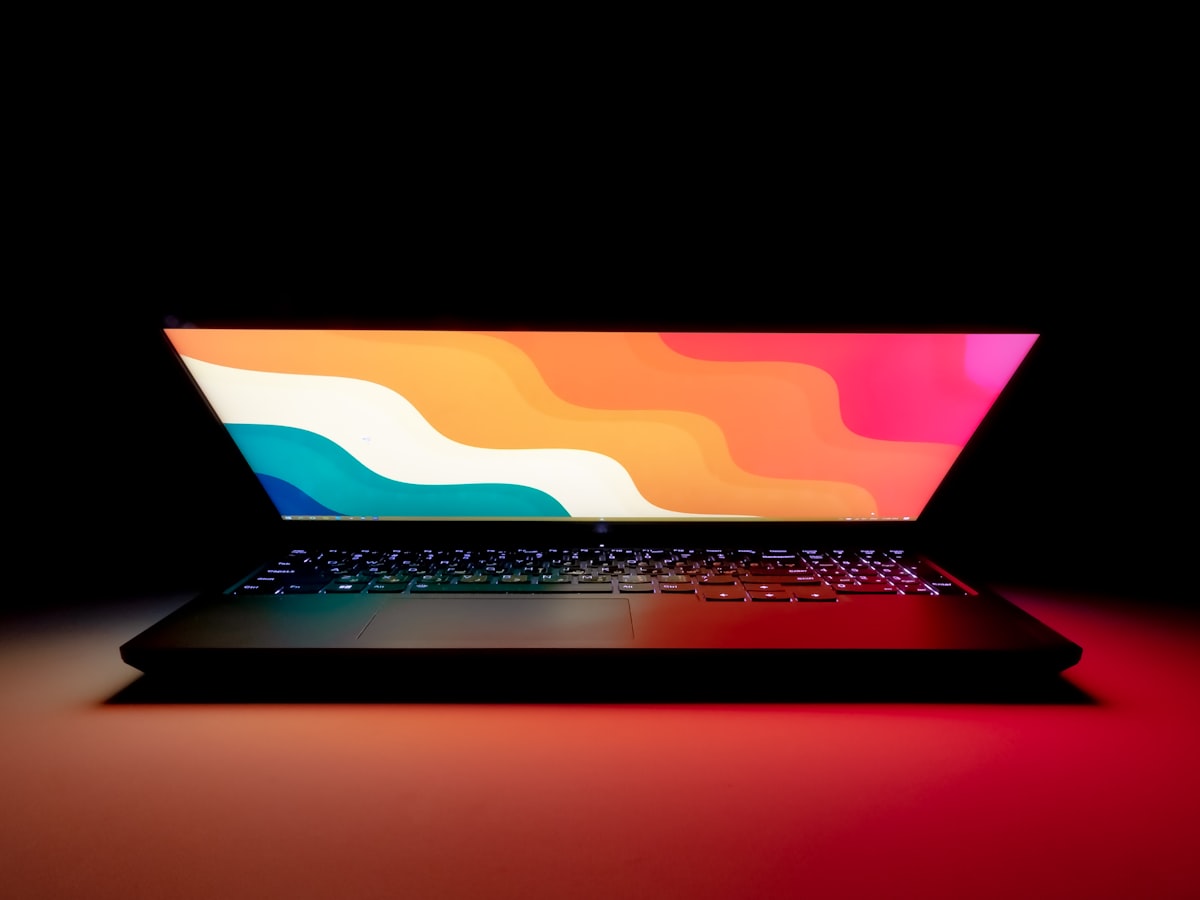Kali Linux install on a Lenovo T430s

I have been working with Kali Linux lately for the pentest tools, and to keep my skills current. To that end I wanted to put the latest version of Kali on a Lenovo T430s laptop. I started with the kali-linux-2016.1-amd64.iso download. Then I wrote that to a USB key using Universal USB Installer ( http://www.pendrivelinux.com/universal-usb-installer-easy-as-1-2-3/ ) and tried to install Kali on my laptop.
The first thing I noticed was that the “default” boot choice did nothing. There is an option to “Install using speech synthesis” I believe it is. That option runs the install fine. There’s mention during the install that it looks like Unetbootin was used to make the key, and that they know there are problems reported with that. Perhaps UUI uses some code from Unetbootin so they look the same. Either way I was good with the text install. I know from installing in to VMWare using the ISO directly that there should be other install options, but for me this didn’t matter because I had a good install at the end of this.
If you encounter a strange issue where it says there is no cd inserted then there is an easy fix. Say <no> to finding a cd, and then on the menu pick to open a shell or press ALT+F2 to get to a shell. make sure /cdrom exists, and that the USB key is mounted to it with the following commands. It happened to me once as I was experimenting.
mount -t vfat /dev/sdb1 /cdrom
Next came a prompt saying that I needed non-free drivers for my Ethernet and WiFi. These files are not included in the Kali ISO but are downloadable here -> http://linuxwireless.org/en/users/Drivers/iwlwifi/__v24.html and the easiest thing to do is to put the files on a second USB key that is in the system when you boot up to do the install. The laptop has 3 USB ports so I was lazy and didn’t try putting them on the key that had the Kali ISO installed to it. Specifically I needed these 2 drivers;
- iwlwifi-6000g2a-5.ucode – http://git.kernel.org/?p=linux/kernel/git/firmware/linux-firmware.git;a=blob_plain;f=iwlwifi-6000g2a-5.ucode;hb=HEAD
- iwlwifi-6000g2a-6.ucode – http://git.kernel.org/?p=linux/kernel/git/firmware/linux-firmware.git;a=blob_plain;f=iwlwifi-6000g2a-6.ucode;hb=HEAD
Once I had these files then everything else in the install worked. I booted just fine, and installed Kali in an encrypted volume using the entire disk.
Aside from that the only other thing I had to look up was how to enable the bleeding edge updates since I want to learn on the latest versions of tools. This was pretty simple as well. Check out this article: https://www.kali.org/news/bleeding-edge-kali-repositories/
The below 3 lines will get you going with bleeding edge updates. Note that the first line is long, and the 2nd and 3rd line begin with “apt-get”.
apt-get update
apt-get upgrade
That’s all there was to it. The laptop works great on Kali. Assuming you aren’t using it for evil-doing then you may want to setup Dropbox on it for bringing files over. This is easily done as well by going to the Linux install page here; https://www.dropbox.com/install?os=lnx
Grab the 64bit Debian .deb installer since Kali is based on Debian. Once downloaded just open the terminal and type this to install;
The above command assumes that the file is in your Downloads folder and is names that name. Adjust accordingly. There will now be a DropBox app on your Kali instance. Launch it and login, and you will see ~/Dropbox/ appear and begin to sync. All done.
Hopefully these tips will help someone avoid having to do a little bit of research, and get started just a little bit faster. One last tip is that if you are going to use the tools to setup a fake WiFi then make sure to get yourself a supported USB WiFi device because likely the internal one will be connected to the WiFi network you are working on, and you may be somewhere that Ethernet is not practical. Aside from WiFi spoofing tricks the laptop is great for Kali without adding any other hardware.